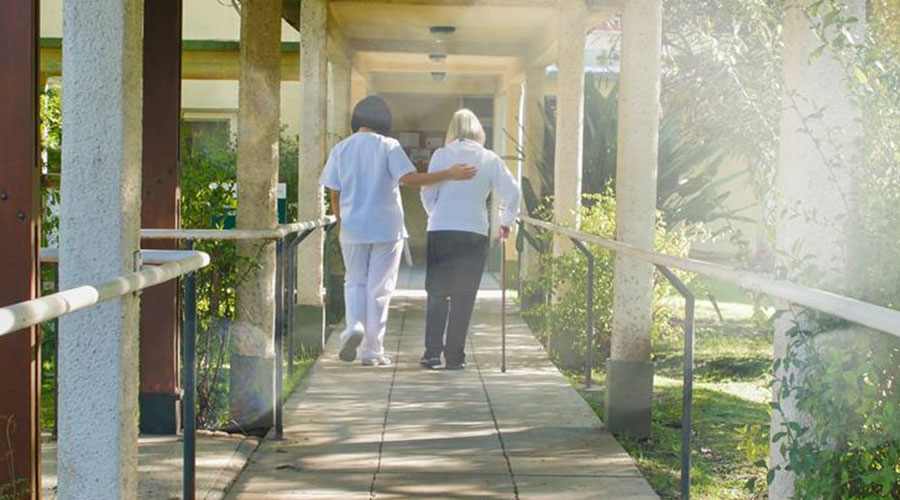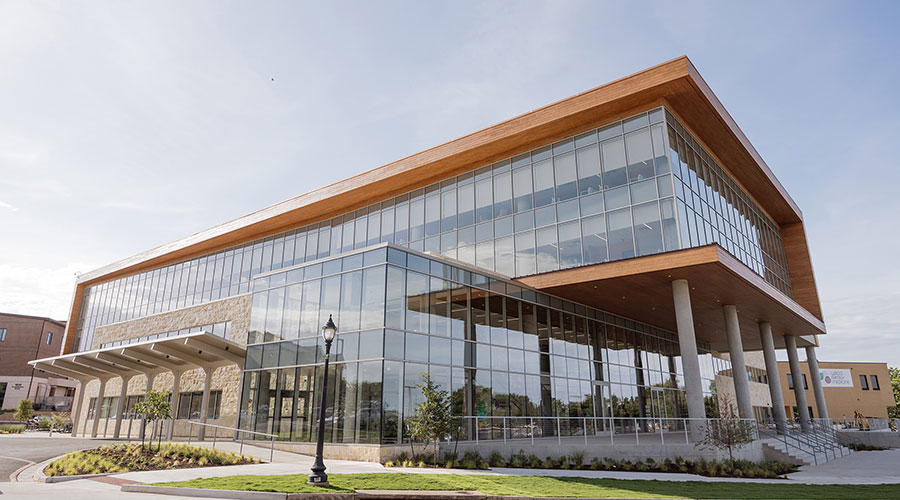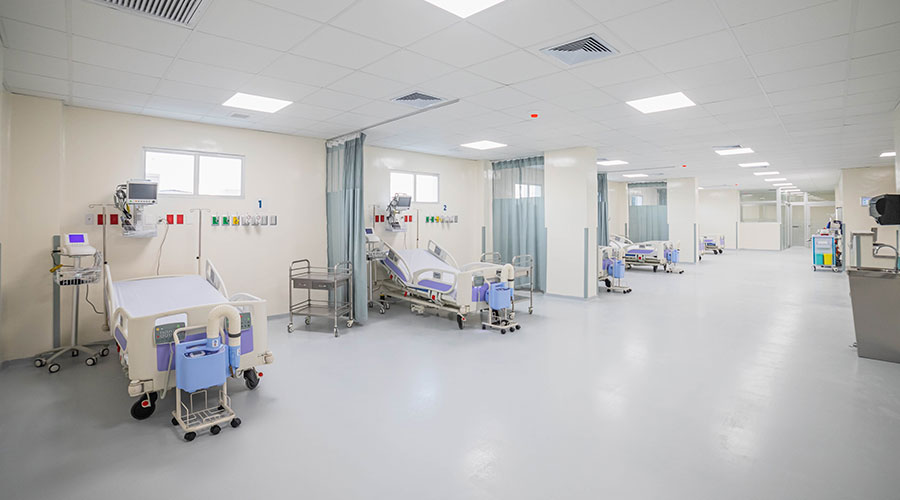When it comes to customer satisfaction, no sector has higher stakes than healthcare, and this presents specific challenges for the contact center environment. With today’s communications technologies, patients have become more involved than ever before with their healthcare, creating new demands when engaging with agents as well as with practitioners and care providers. These same technologies are also supporting today’s model of patient-centric healthcare, where the overall experience is defined as much by what happens before and after the hospital visit as by what happens during the visit.
Daniel Fell recently shared statistics at the Healthcare Call Center Times Conference in Charlotte this month. His study of over 70 healthcare contact centers that:
• 90% of contact centers will increase their services
• 77% will increase their staff
• 66% will have a budget increase
• 74% said the contact center will become more important
The need for omni-channel
All of these factors lead to a broader definition of the patient “experience”, and to address this effectively, healthcare contact centers need to adopt an omni-channel approach. The key here is that agents can no longer meet patient needs with conventional telephony-based tools, and nor can they do so without ready access to internal data sources while on the call. Other channels must be utilized including email, web chat, and SMS.
The universal nature of healthcare means that contact centers must deal with patients across all age groups, and interact across a range of communications preferences. Older patients will prefer fixed line telephony, while younger patients will rely more on text-based modes, often from mobile devices. To be effective, agents must be able to manage all these modes, sometimes in concurrent fashion.
Omni-channel also means providing agents with the right information for the problem at hand in a timely manner. This is critical for delivering a good patient experience, but the complex nature of healthcare networks presents challenges in terms of making data accessible to the contact center. Omni-channel platforms are designed to address these challenges, and the business case will resonate in environments where patient satisfaction metrics drive management-level decisions around day-to-day operations.
The changing nature of patient interaction
This is another reason why omni-channel has an important role to play in the contact center. Traditional patient customer service has been built around real time, person-to-person interaction. That model delivers a high-touch experience, but it’s costly and not very efficient. Today’s technologies can support a wider range of interactions with patients, and contact centers need to embrace these not just to keep operating costs in line, but also deliver better healthcare outcomes, which in turn drives patient satisfaction ratings. Consider the following examples:
• When patients call in to schedule an appointment, the agent has a screen pop providing basic patient history and information about their relevant healthcare providers with an integration into EPIC or any other EMR platform. This will allow the agent to determine which doctor and facility the patient usually visits in real time. Integrating the contact center solution into EPIC will further expedite the process by avoiding the time it takes to process the appointment in EPIC. If this a physician referral, physician to physician transfer, or transfer to another department, the agent can make efficient use of their time with the ability to access the back-of-the-house and other facilities seamlessly with a warm transfer.
• Prior to a hospital visit, patients often feel anxious, and this is a prime opportunity for proactive customer service. Aside from notifying to confirm the appointment, you could provide details about directions, parking, how to get around inside the hospital, etc. You could also offer text alerts to ensure the patient gets there safe and sound or arrange for things in advance such as wheelchairs, assistive devices, etc. The main point is to personalize the interaction and reduce patient anxiety going into their visit. This contributes to a better overall experience, especially when omni-channel allows the agent to tailor the interaction according to how the patient prefers to communicate.
• Contact centers have a different role to play when reducing readmission rates. Omni-channel functionality provides contact centers with options to mitigate this in a cost-effective manner. Depending on the type of condition the patient was addressing, inbound interactions can be person-to-person or automated through the web, chat or email to answer questions clarifying if their post-visit symptoms are normal or are the type needing another appointment. Discharge follow-ups can also be automated by outbound solutions that take the busy work of physical dialing and looking up records out of the agent’s workload. These campaigns can be set to not only place outbound calls based on the pace of the group, but each individual agent, all while allowing inbound calls to still take precedence.
Implications
These high level examples illustrate how omni-channel contact center solutions can deliver a richer experience than what conventional call centers can provide today. On a micro level, this helps optimize contact center performance in terms of which interactions are best handled in person and which are better done via automated telehealth options. The macro level payoff will be even greater when these interactions translate into higher patient satisfaction ratings and of course, healthier human beings.
Scott Logan is the director ofmarketing for Enghouse Interactive.

 Designing Hospitals for Wellness
Designing Hospitals for Wellness Baptist Health Announces New Cancer Care Center in Key West
Baptist Health Announces New Cancer Care Center in Key West Waco Family Medicine Achieves Savings and Bold Design with Wood Selections
Waco Family Medicine Achieves Savings and Bold Design with Wood Selections Alleged Ransomware Administrator Extradited from South Korea
Alleged Ransomware Administrator Extradited from South Korea Design Plans Unveiled for New Intermountain St. Vincent Regional Hospital
Design Plans Unveiled for New Intermountain St. Vincent Regional Hospital